Human Flow's Ai Weiwei interview: I turned on my iPhone camera and started filming refugees
The filmmaker and artist examines the shocking scale of the refugee crisis in his epic documentary 'Human Flow', which he first witnessed while on holiday on the Greek island of Lesbos
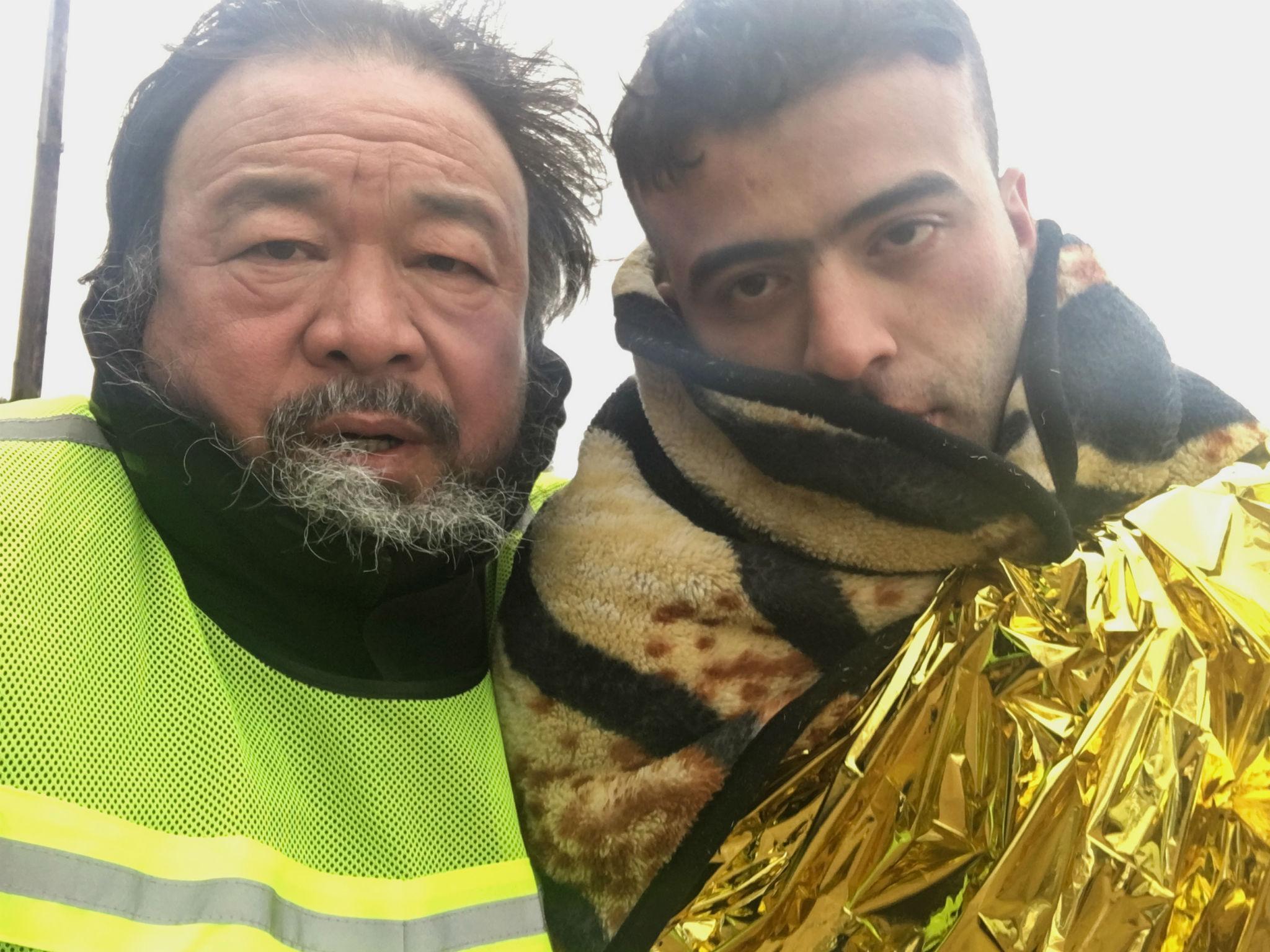
Chinese artist Ai Weiwei is still best known in Britain for filling the turbine hall of Tate Modern with millions of “sunflower seeds” for a 2010 exhibition. These seeds all looked identical but actually were all hand-made, tiny pieces of porcelain with their own little grooves and idiosyncrasies. It is easy to be reminded of these seeds in his epic new feature documentary, Human Flow. The film, shot in 23 countries, has several high angle shots of men, women and children in tented villages, or in boats, or in long files, walking down endless roads. They are among the 65 million refugees in the world today who have been forcibly displaced from their homes. In Human Flow, Ai Weiwei is telling some of their stories.
Speaking the day after the world premiere at the Venice Festival, the 60-year-old Berlin-based artist proves a disconcerting interviewee. Before you can ask a question, he takes your photograph. He doesn’t ask for permission and he doesn’t explain his reasons for doing so. He’s softly spoken and thoughtful in his responses to questions.
Human Flow, Ai Weiewei explains, began in very modest fashion. He likes to tackle new projects from a position of near ignorance; to “come from zero”, as “innocent as a new born person”. In this case, he had visited the Greek island of Lesbos with his son. They were on holiday when he saw scenes that rendered him speechless.
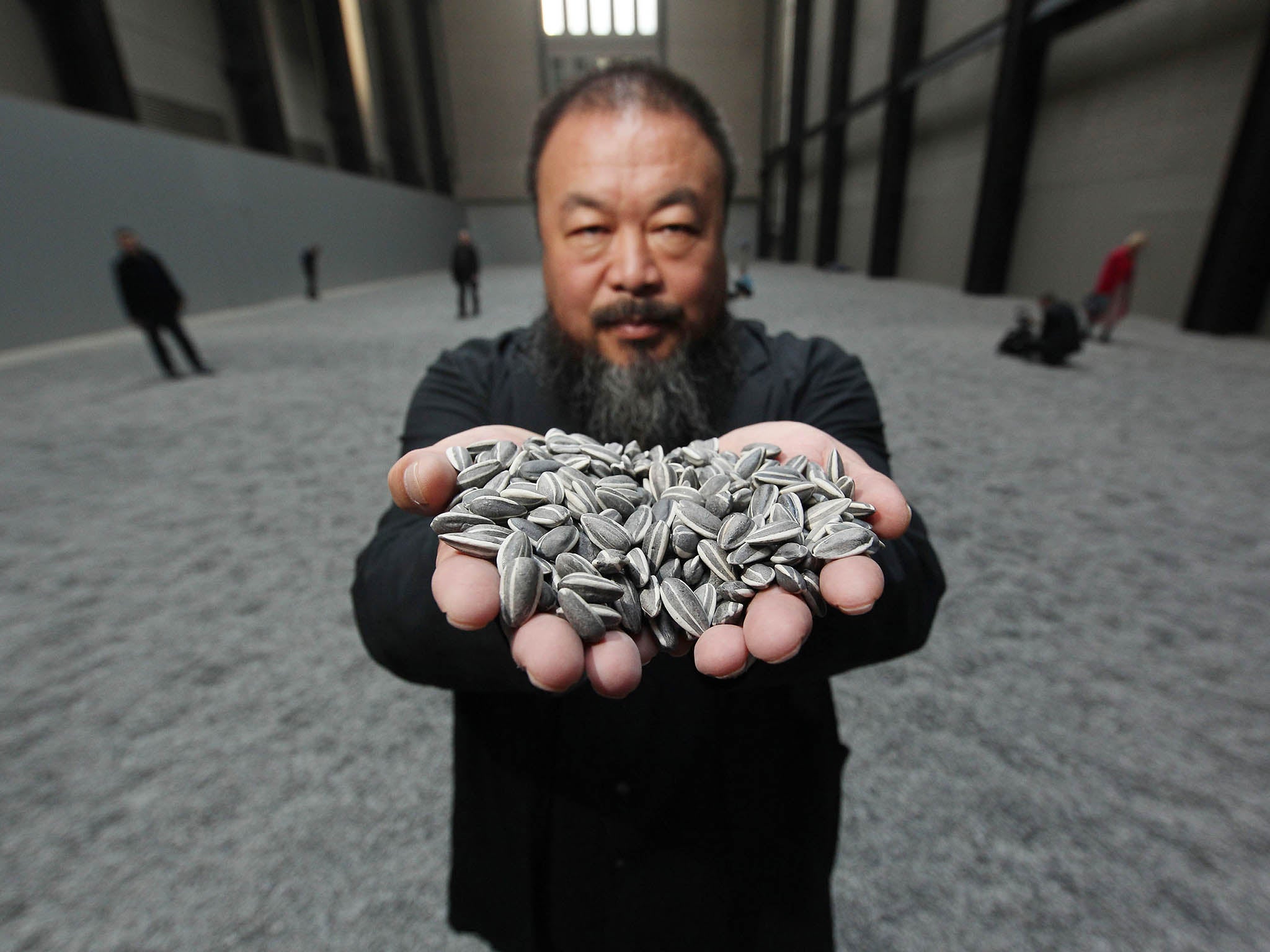
“You are on this beautiful beach and then you see a dinghy boat, peacefully approaching the port right in front of us. I turned on my iPhone camera and started filming. What I saw was shocking and unbelievable – a baby being handed out (of the dinghy), women climbing out. There was nobody there to receive them. I started to hear their stories. They had to walk 70 hours to reach the point where they can register. They sleep on the road. They are sitting in the rain. That made me so curious. They (the refugees) are proud people. They have dignity. They’re not beggars.”
The scene was like something “out of cinema, not real life”. The refugees arriving on the beach didn’t speak the same language as the Greeks and couldn’t communicate with them. It was as if they had arrived from Mars.
Ai Weiwei tried to make sense of what he was seeing but was too “badly equipped” to do so. He was, though, intensely curious. He comes from China, a “communist country” with limited horizons. He had grown up with little material wealth and with severe restrictions on freedom of expression. His father, the poet Ai Qing, had been badly mistreated during the Cultural Revolution and forced to spend 20 years in exile “in a very remote area”.
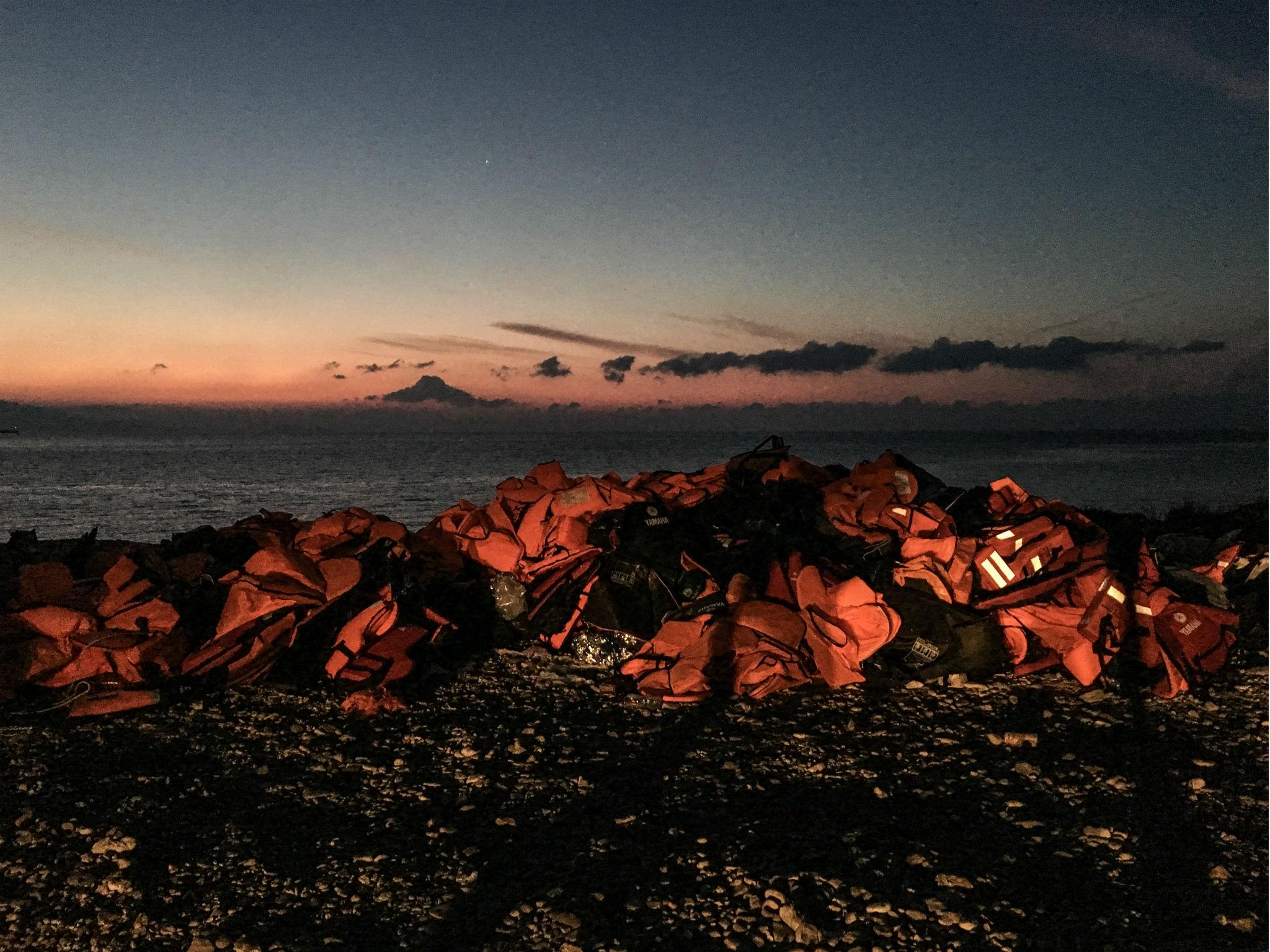
Now, here he was, in western Europe, in the cradle of ancient civilisation, watching people who had given up their homes to travel to somewhere “totally foreign”. He wanted to know why.
“So that started the film.”
Ai Weiwei’s method of telling the refugees’ stories was pragmatic. He began by “documenting the situation”, and slowly planned his film, as his knowledge developed. He has made many art documentaries and human rights films that he shot “guerrilla warfare” style, posting them online so they could be seen immediately, but this was on an altogether grander scale. “I am very used to it, very skilful at that, but to do a documentary to cover such a complex story…” his voice tails off as he contemplates how daunting the task was. He was covering many different stories, some stretching back for generations (for example, the Gaza scenes) and some about refugees who have only very recently left their homes.
The situation of his subjects was changing all the time. He needed to come up with a structure that would allow him to deal with so many shifting perspectives. That is where the idea of human flow came in.

Watch Apple TV+ free for 7 day
New subscribers only. £9.99/mo. after free trial. Plan auto-renews until cancelled.
ADVERTISEMENT. If you sign up to this service we will earn commission. This revenue helps to fund journalism across The Independent.

Watch Apple TV+ free for 7 day
New subscribers only. £9.99/mo. after free trial. Plan auto-renews until cancelled.
ADVERTISEMENT. If you sign up to this service we will earn commission. This revenue helps to fund journalism across The Independent.
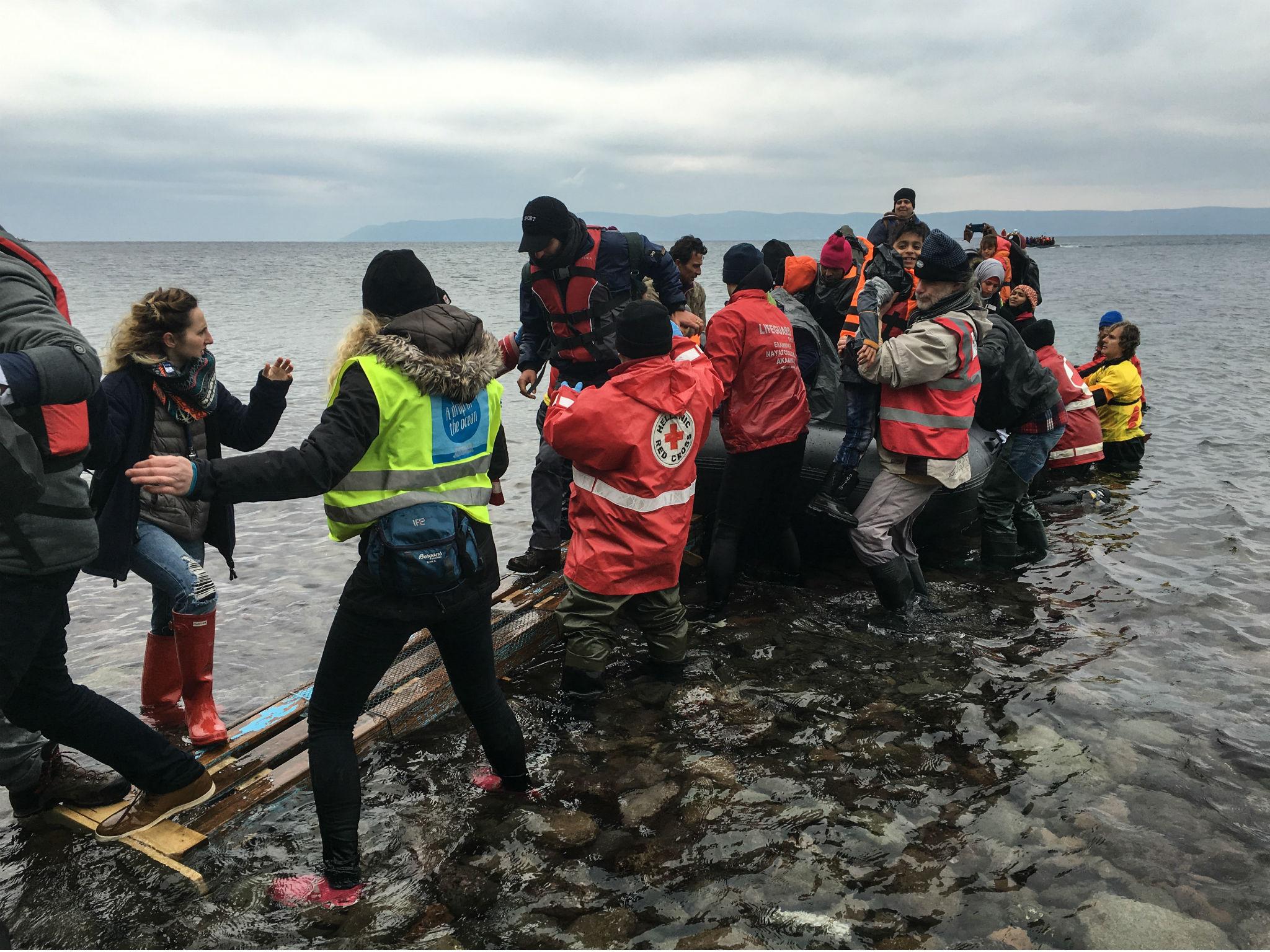
Earlier in his own career, Ai Weiwei’s situation was the polar opposite of those whose stories he tells. As a dissident artist in China, he spent time under house arrest and had his passport confiscated. He wasn’t allowed to leave home. In Human Flow, he is following subjects who’ve been forced to leave home.
How does being deprived of the freedom to travel compare to having to travel in order to survive? It’s a question he has asked himself. When he was growing up with his father in exile, his father told him to imagine that he had been born in the remote town where they were living. That was the best way of coping with the dislocation.
Even when refugees are accepted in a new community, they will rarely feel they belong. “If a plant had been cut off like this, it would die. As humans, they have a very strong surviving nature. But, still, they will live in darkness for their whole life. Don’t have the illusion they come for an economic reason,” he says. “Nobody, for an economic reason, will risk their life.” He tells heartbreaking stories about parents who send their children away to give them a better chance to survive. “The boat comes down and you see people holding children who have no parents because they can’t afford to pay the smugglers. They let the children go first.”
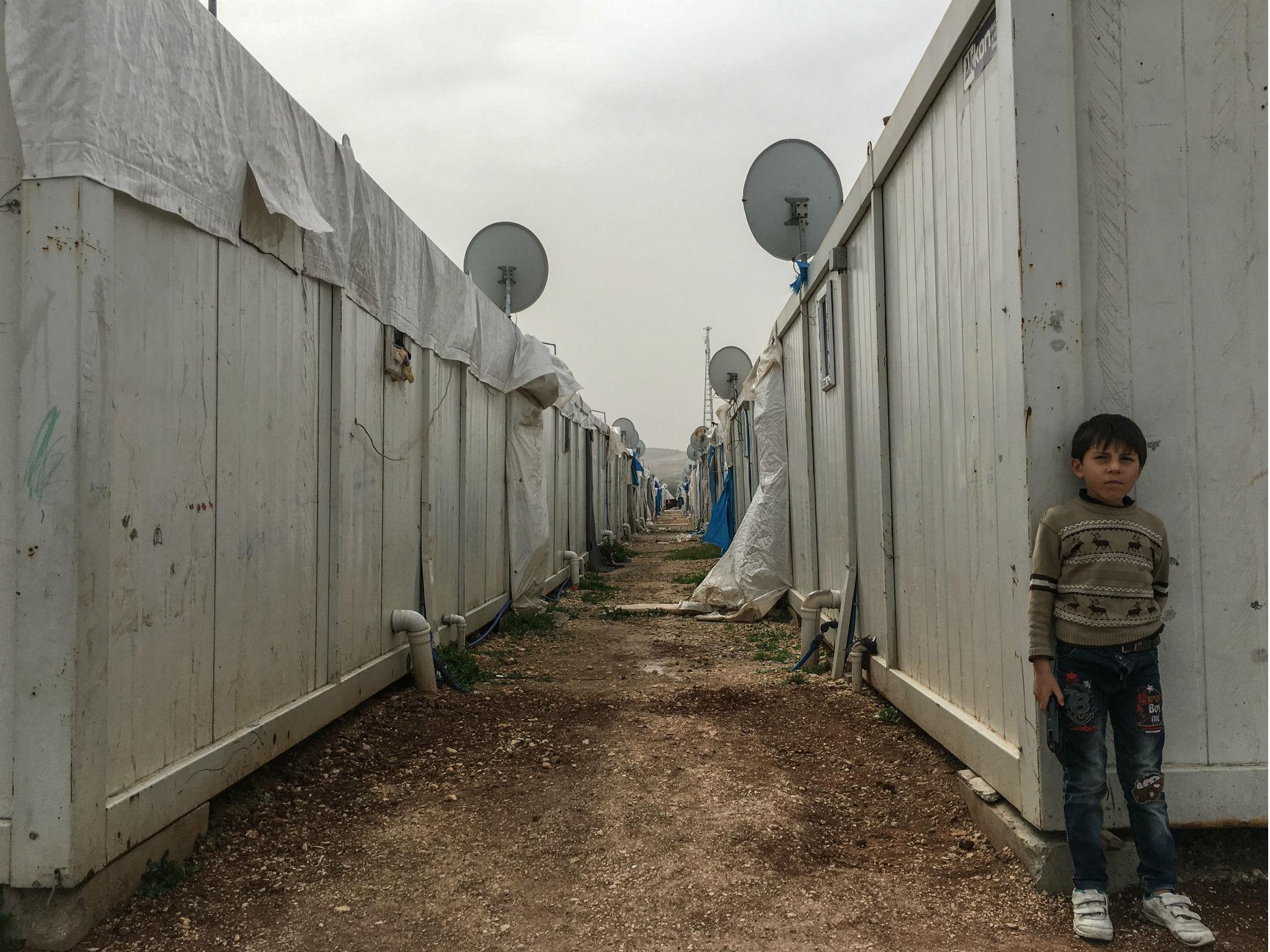
There is a touching and very intimate moment in Human Flow in which Ai Weiwei cuts a refugee’s hair. Wherever he went, he tried to show what he calls “the human touch”. The documentary captures the monotony of his subjects’ lives: Their desperate quest to keep their phones dry and charged; their constant waiting; their anxiety; their desire to “fix up a little bit”. Cutting their hair helped with that – and besides, it was something he was good at. If he wasn’t an artist and filmmaker, Ai Weiwei could probably have made a living as a barber. “I’ve done haircuts for people since I was very young because we had no money. I had to cut for classmates.”
The refugees are “proud people”, he says. “They have dignity. They are not beggars. They come to survive. They are not asking for mercy.”
Ai Weiwei was always struck by how these refugees would offer him food, although they had very little themselves. “If you eat it, they have such a joy. You are part of them. What is humanity? Humanity means we identify each other through our actions.” Sharing a meal, he suggests, is an expression of this humanity. “It is in our blood, beyond our knowledge, beyond our wisdom. We have the same body temperature. We use eyes to look basically at the same images. When we are hungry and cold, we feel the same,” he describes the links between the refugees and anyone else.
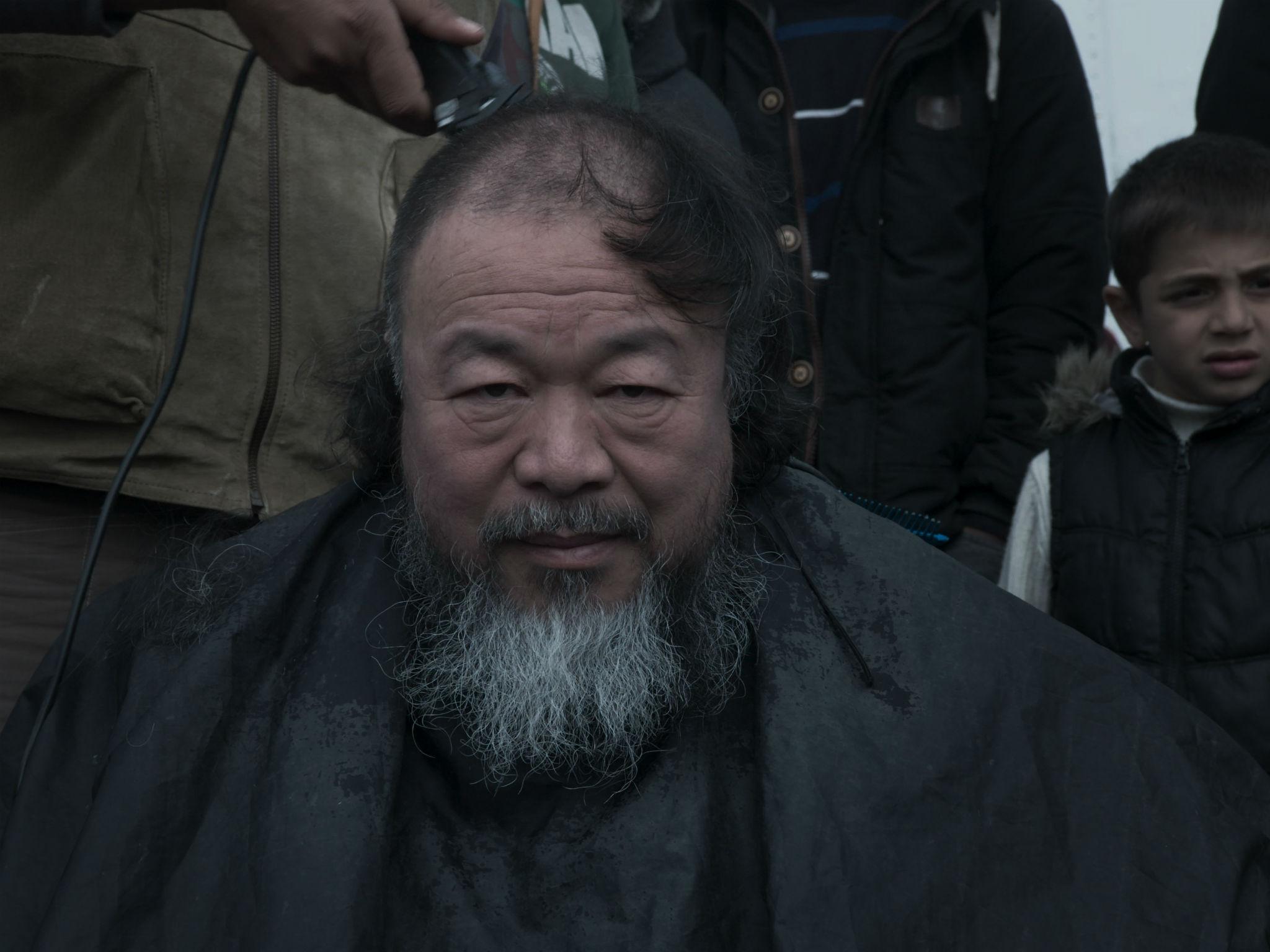
Human Flow clearly cost a small fortune to make. Ai Weiwei made it in collaboration with big US film companies like Participant and Lionsgate. The starting point was just him and his camera. From there, the project grew and grew in scope.“I tried to get as much knowledge about the topic as possible. It is a joy to learn. During the development, some investors heard of our topic, knew we were in need and moved in.” He accepted their support but insisted on complete creative freedom. He believes these companies were as determined as he was to “help the people in need”.
There is a beautiful but very haunting shot in the film of a pile discarded life jackets. It can’t help but make you think of photographs of abandoned suitcases belonging to victims of the Holocaust. The image makes you pause, though. You wonder how Ai Weiwei reconciles his obvious desire to create striking and beautiful images at the same time that he is recording the horrific experiences of the refugees. Ask about this and he responds that he was determined to provide “beauty in the most difficult situations; in tragedy and in crisis... That beauty is brutal because it is very indifferent,” the artist concludes on a very sombre note.
Ai Weiwei will participate in a panel discussion, hosted by Channel 4 News’ Jon Snow and including special guests, broadcast live from Milton Court Concert Hall, London to over 200 cinemas across the UK and Ireland following simultaneous screenings of ‘Human Flow’ on 4 December. ‘Human Flow’ is released on 8 December (humanflow.film)
Join our commenting forum
Join thought-provoking conversations, follow other Independent readers and see their replies
Comments
Bookmark popover
Removed from bookmarks